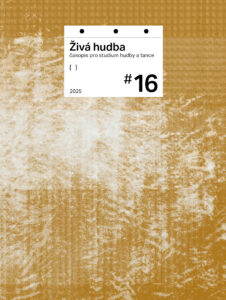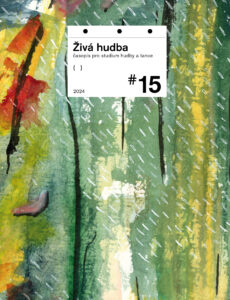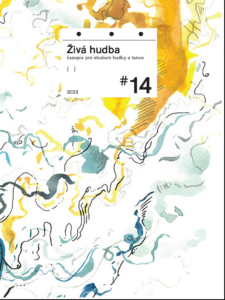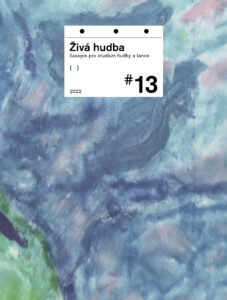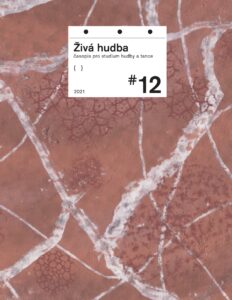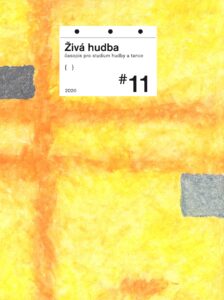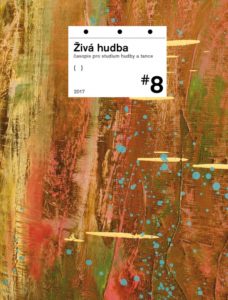Abstrakt Paulus Paulirinus de Praga writes about musical instruments in the chapter Musica instrumentalis of his treatise Liber vigini artium (ca 1459–61). For many of them he used names which are rare or completely unknown from any other period sources. Sometimes he writes about a known instrument using a name for it current for quite different instruments. Calcastrum is one of them. From its description it is possible to compare it with other period instruments in Middle Europe and assume that Paulus Paulirinus is describing an instrument known by organologists of 20th century as a psaltery-harp, harp-psaltery or double-resonator harp. This assumption is aided by the described shape of the instrument (plus trigonale quam quadrangulare), the use of gut strings (cordas nervales) as well as the way of playing the instrument (cum digittis cordas tangens). The manner of holding the instrument when playing is possible to compare with other chordophones (neckless) in the medieval Czech regions (these instruments were held with strings running parallel to the axis of the player’s body). By eliminating instruments used in Middle Europe in the middle of 15th century it is possible to come to the conclusion that Paulus Paulirinus describes the psaltery-harp using the name calcastrum.


Lukáš Matoušek:
Calcastrum. Attempt to identify a musical instrument from the treatis by Paulus Paulirinus de Praga
Stati a studie / Živá hudba 2010/1 / Publikováno 30. 4. 2010
Abstrakt:
Paulus Paulirinus de Praga writes about musical instruments in the chapter Musica instrumentalis of his treatise Liber vigini artium (ca 1459–61). For many of them he used names which are rare or completely unknown from any other period sources. Sometimes he writes about a known instrument using a name for it current for quite different instruments. Calcastrum is one of them. From its description it is possible to compare it with other period instruments in Middle Europe and assume that Paulus Paulirinus is describing an instrument known by organologists of 20th century as a psaltery-harp, harp-psaltery or double-resonator harp. This assumption is aided by the described shape of the instrument (plus trigonale quam quadrangulare), the use of gut strings (cordas nervales) as well as the way of playing the instrument (cum digittis cordas tangens). The manner of holding the instrument when playing is possible to compare with other chordophones (neckless) in the medieval Czech regions (these instruments were held with strings running parallel to the axis of the player’s body). By eliminating instruments used in Middle Europe in the middle of 15th century it is possible to come to the conclusion that Paulus Paulirinus describes the psaltery-harp using the name calcastrum.
Citace:
Lukáš Matoušek. Calcastrum. Attempt to identify a musical instrument from the treatis by Paulus Paulirinus de Praga. Živá hudba 2010/1. On-line <https://ziva-hudba.info/calcastrum-attempt-to-identify-a-musical-instrument-from-the-treatis-by-paulus-paulirinus-de-praga/> [02. 1. 2026].
Kopírovat
Vyšlo v časopise
Živá hudba 2010/1
Rubrika: Stati a studie
Publikováno: 30. 4. 2010
PDF: download
Klíčová slova:
historie, medieval music instrument, nástroj, Paulus Paulirinus, psaltery-harp
Články autora:
Lukáš Matoušek (1)
Aktuální čísla časopisu můžete koupit v Nakladatelství AMU.
Citace:
Lukáš Matoušek. Calcastrum. Attempt to identify a musical instrument from the treatis by Paulus Paulirinus de Praga. Živá hudba 2010/1. On-line <https://ziva-hudba.info/calcastrum-attempt-to-identify-a-musical-instrument-from-the-treatis-by-paulus-paulirinus-de-praga/> [02. 1. 2026].
Kopírovat
Další články
-
Monika Štúrová:
Cesta badatele za informacemi aneb pohled na regionální archivy v dnešní době
Stati a studie | 2020/11 -
Ladislava Petišková:
Mira Holzbachová
Stati a studie | 2020/11 -
Ladislav Beneš:
Ekonomická a organizační náročnost zřízení, provozu a udržení škol…
Stati a studie | 2020/11 -
Richard Cohn:
Uvedení do neoriemannovské teorie: přehled a historický kontext
Materiály | 2019/10 -
Jaromír Havlík:
Na okraj Sinfonie Luciana Beria. Několik analytických poznámek
Stati a studie | 2019/10 -
Iva Oplištilová:
Martin Iddon: New Music at Darmstadt: Nono, Stockhausen, Cage, and Boulez
Recenze | 2018/9 -
Roman Zabelov:
Amplifikace akordeonu: výzkum a konstrukce vnitřního mikrofonního systému
Stati a studie | 2019/10 -
Lukáš Matoušek:
Calcastrum. Pokus o identifikaci hudebního nástroje z traktátu Pauli Pauliriny de Praga
Stati a studie | 2010/1



